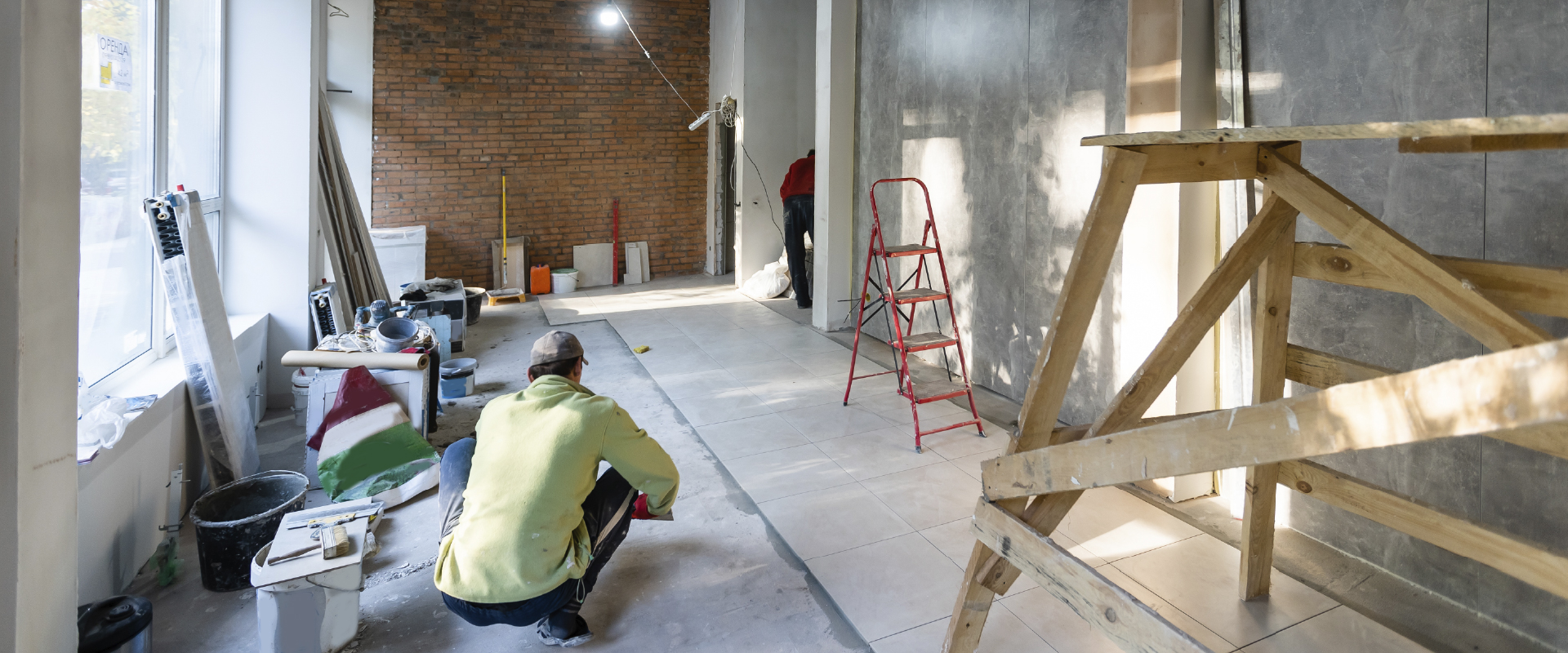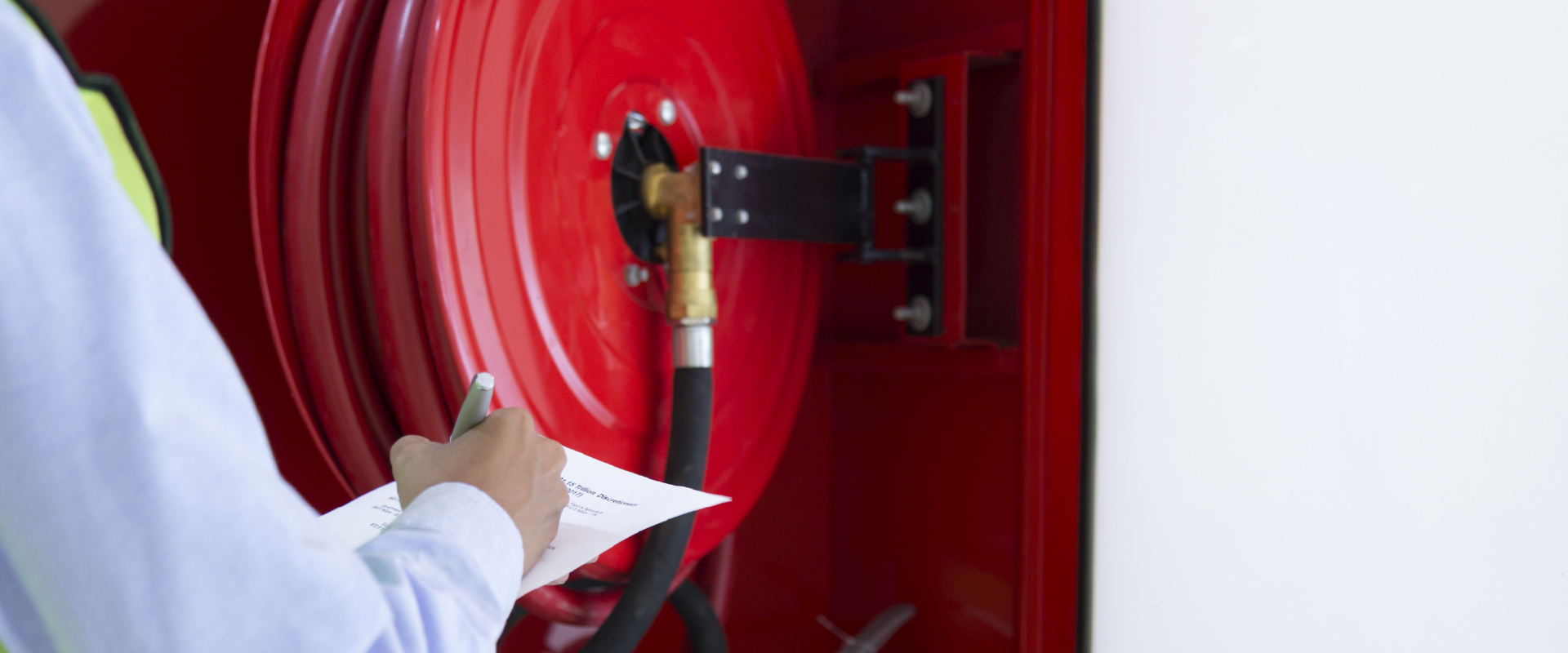A fire in your home or commercial property can be a highly stressful, even traumatic, event, and some of the damage may be hard to see at first. As the structure’s building materials and furnishings burn and break down, the integrity and safety of your property may be affected in unexpected ways.
One of our main areas of expertise at CRUSA is fire damage restoration, so we’ve put together a guide on the five main types of fire damage, how they impact your property, and how to ensure the damage is fixed properly.
Understanding Types of Fire Damage
1. Structural Damage
Whether it’s minor or major, a fire at your residential or commercial property can compromise the building’s integrity from the inside out. As flames spread, they heat, burn, and melt different areas inside and around the living area, potentially weakening support beams, walls, floors, and the roof.
It’s not only about fire damage. Large amounts of water used in firefighting can lead to issues like a burst pipe. Given the potential danger of a structurally compromised property, your safest option is to obtain a thorough fire damage assessment by an accredited, highly rated fire damage restoration contractor.
2. Smoke Damage
As it spreads and rises, smoke is fire’s toxic companion, damaging your walls, ceilings, ventilation system, and belongings in ways both seen and unseen. Smoke can leave a layer of soot on surfaces, disperse and deposit dangerous chemicals all around, embed a smoky smell into materials, and even cause discoloration and corrosion over time.
To avoid long term effects to your property and its inhabitants, it’s crucial for your cleanup company to include smoke damage restoration as part of their services.
3. Water Damage
Perhaps surprisingly, water damage is fairly common after a fire. To extinguish a fire as quickly and safely as possible, firefighters often have to use copious amounts of water, which can easily seep into building materials causing them to warp, swell, or rot.
When not addressed promptly, water damage can also lead to an insidious problem: mold growth. This is another reason that an experienced fire damage contractor like CRUSA includes water damage restoration in their cleanup and restoration efforts.
4. Electrical Damage
Even if the fire didn’t originate from an electrical issue, the heat, water, and flames can still damage your wiring, outlets, panel, and more and make them unsafe and vulnerable to catching fire again.
For peace of mind, make sure your restoration contractor thoroughly inspects, tests, and repairs your property’s electrical system in its entirety.
5. Secondary Damage
Secondary damage can occur sometime after the fire, either as a direct consequence or due to the firefighting efforts. Some examples we’ve seen personally include a pipe bursting due to the heat it endured during the fire, and hidden mold from residual water damage somewhere out of sight.
Homeowners, commercial property owners and business owners can prevent expensive secondary damage cropping up in the future by working with a professional restoration contractor right after the fire.
CONCLUSION
We hope that this information about the different types of fire damage helps you know what to look for after a fire and prevent further problems in your home, commercial building or business.
After all, going through the devastation of a fire is bad enough. To move forward, you want to know that your property is as safe, or even safer, than it was before the fire in order to protect everyone living or working inside.
The team at CRUSA Construction and Restoration has carried out end-to-end fire restoration services for years. Our skilled professionals will help restore your property and its contents to the way they were before while guiding you through this challenging time.
Frequently Asked Questions
There are two important tasks to carry out right after the fire in order to ensure the best possible restoration of your property.
First, call your insurance company as soon as feasible to report the incident and review the items covered under your policy.
Immediately after, call a professional restoration service like CRUSA Construction and Restoration to conduct a comprehensive fire damage assessment and get the fullest possible picture of the damages and what needs to be done.
If an area affected by the fire looks small, it may be tempting to tackle it yourself. However, restoring your property after a fire is usually more complicated than it looks at first. From structural damage to hidden water issues and problems caused by smoke, trying to DIY fire damage restoration can lead to more issues down the line.
Full service restoration contractors like CRUSA have all the professional expertise and equipment to carry out the cleanup, the necessary inspections and the entire restoration project from end to end.
House fires are often caused by insufficient maintenance and/or human error as well as the occasional natural cause like a lightning strike.
Examples of preventable house fires include those caused by faulty wiring, unattended pots in the kitchen (grease fires), defective/old/incorrectly located space heaters, dirty dryer vents, and incorrectly stored flammable materials.
A surprising way to spread a fire? Using the wrong kind of extinguisher. To prevent this, purchase a universal extinguisher (the canister will be marked with the letters A/B/C.)
Take it from us, a little time spent on fire prevention and appliance maintenance is much, much easier on the property owner than the headache and worry after a fire.
Regularly inspect your electrical systems, use heating appliances cautiously, and ensure danger zones such as the kitchen have an unexpired fire extinguisher at the ready.



